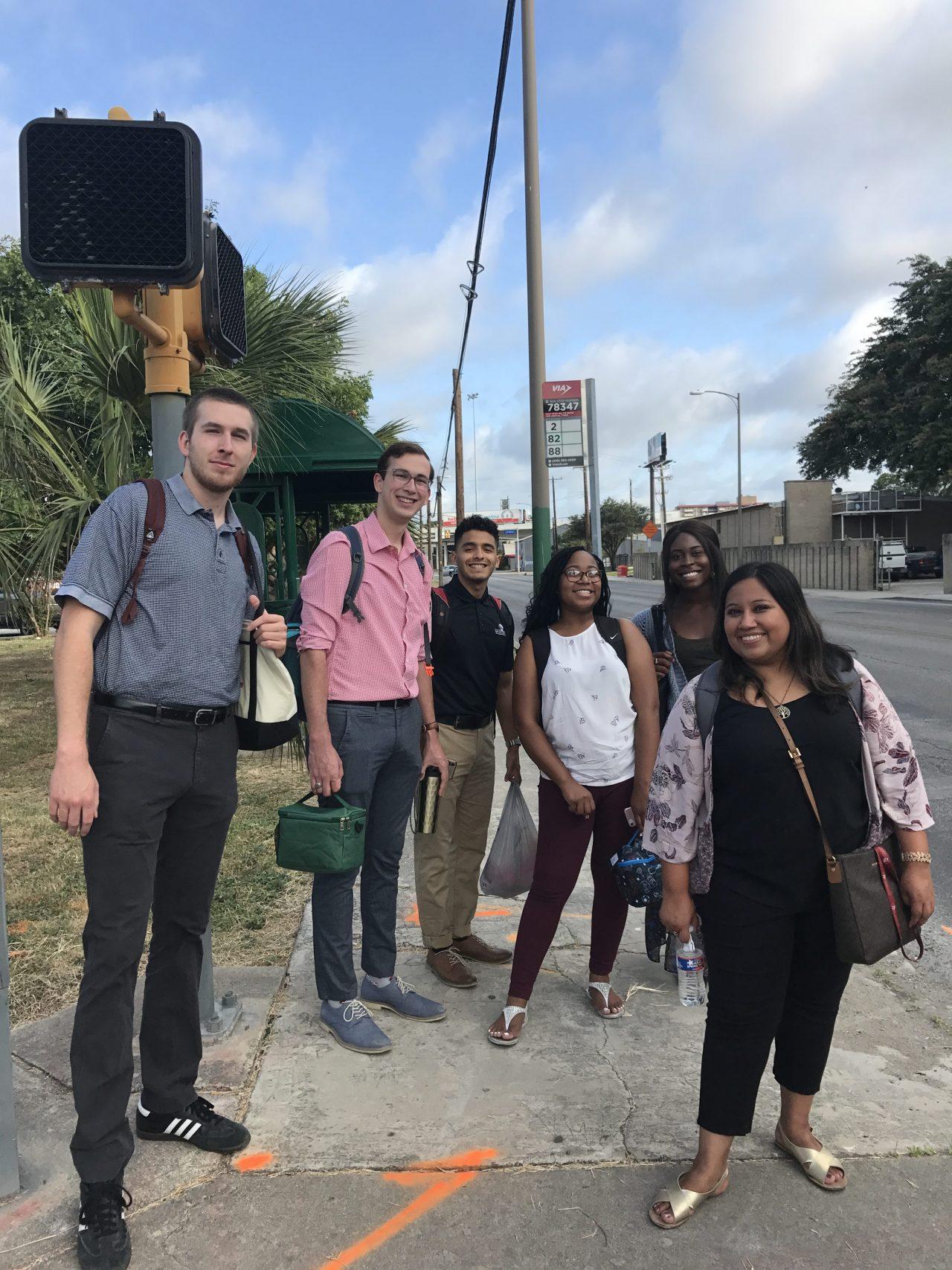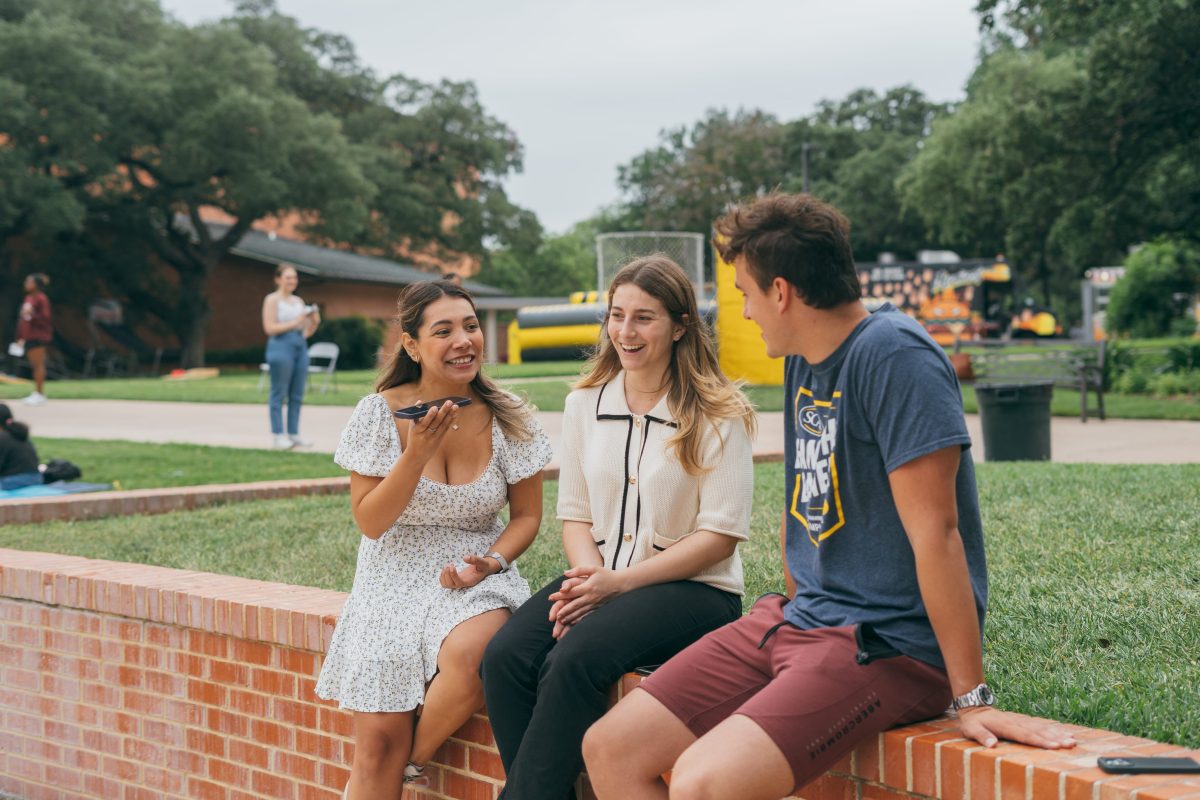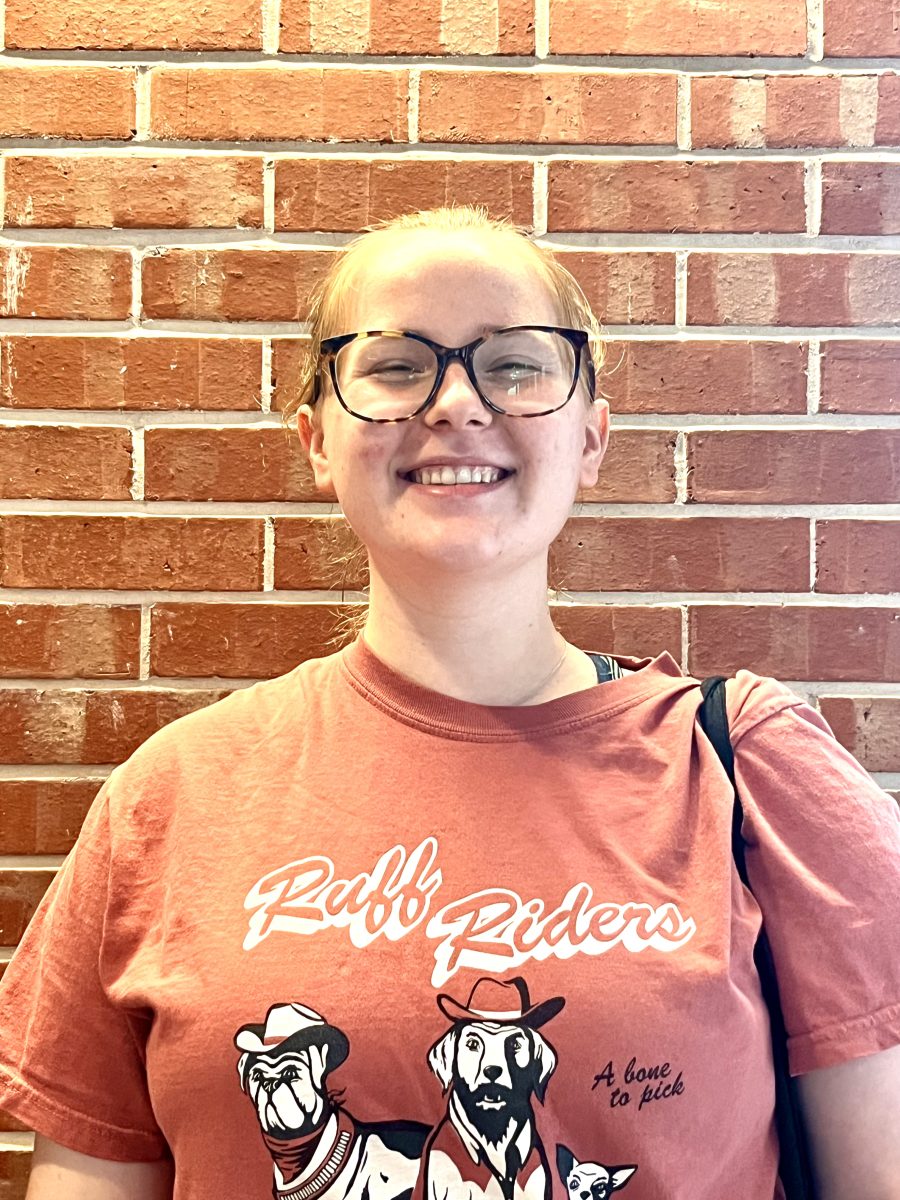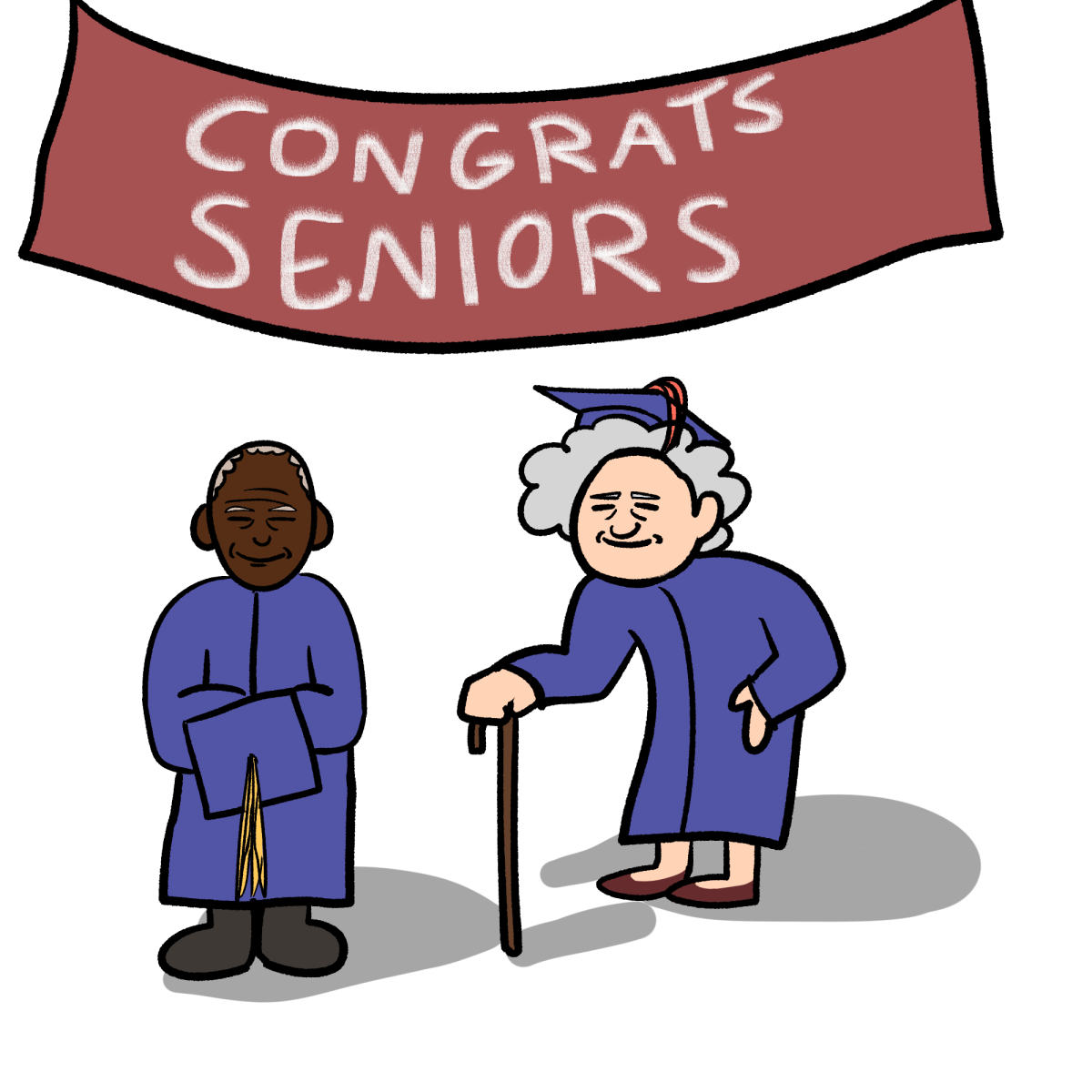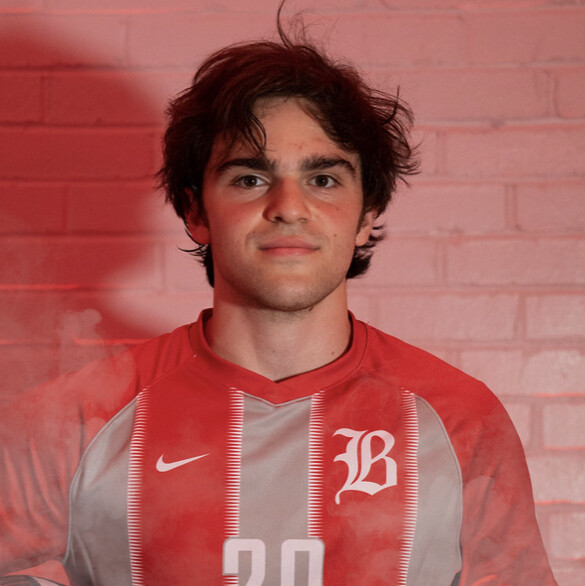Photo provided by Angela Breidenstein
Traditional education programs consist of four years of theoretical, methods-based courses, culminating in a student teaching experience when future teachers are expected to demonstrate what they’ve learned. Trinity’s Master of Arts in Teaching (MAT) program prides itself in a different approach. MAT candidates are seen as just beginning to learn how to teach; after a series of summer preparation courses, they are gradually released into teaching internships at local schools.
Laura Allen, Director of Assessment and Certification for the MAT program, appreciates the strong relationships that Trinity’s program has formed with local schools in the community. These relationships allow Trinity professors to match MAT candidates with the best possible mentor teachers.
“Someone might be a good teacher but not a good mentor,” Allen said. “It’s not the same thing. So, we’re very picky about that. Since we have professional development schools, we only work with certain schools and have long-term relationships with those schools. We co-select mentor teachers along with the principal to make sure the experience is as positive as possible.”
Though Trinity does not offer an undergraduate education major, students who are interested in the MAT program should still get an early start on preparing for their careers. Completing the prerequisite courses required to apply for the MAT program can take years, and students interested in teaching at the secondary level should major in the subject that they want to teach. Many interested students also choose to obtain a minor in teaching, though the minor is not required for admission to the MAT program.
“The undergrad prerequisites, one of the objectives is to help people figure out what they want to do and if they want to do this. A lot of the classes are field-based,” Allen said. “By the time you actually apply to the program, you have to apply to a certain certification level and teaching field. So, if you wanted to do secondary math, that would be math, [grades] seven [to] 12.”
This year, the first information session about the MAT program will be advertised on LeeRoy and held in late September. Candidates must apply for the program by January of their senior year.
According to Allen, the program’s acceptance rate has remained at about 90 percent in both 2018 and 2019.
“Our goal is not to keep people out of the program if we feel like they are going to be successful in the program … We want amazing, great, dedicated, smart teachers, which Trinity students definitely are,” Allen said.
The 90 percent figure can be misleading because many potential MAT candidates are filtered out before they actually apply. Especially for students who decide late that they want to study education, the list of prerequisite courses can be difficult to complete.
“I talk to several people every week about this,” Allen said. “Some people, we have a lot of ways to help them get the prerequisites met, even when they walk in late, but sometimes they either decide they don’t want to work that hard, or it just won’t work because they’ve started so late.”
Those who are accepted to the program find out in March, and after that, they have a long road ahead of them. MAT candidates begin graduate-level classes after the week of July 4 and spend the remainder of the summer preparing for field-based work in local San Antonio classrooms. Patricia Norman, coordinator of the MAT elementary teaching program, explained how candidates begin their field-based work in the fall semester.
“It’s usually in early August that they transition out into their internship placements,” Norman said. “The beautiful part, I think, about our program is that candidates get to the schools before the children do, so they get to see all of the behind-the-scenes work that teachers have to engage in to get the classroom physically prepared for kids … Our candidates also get to participate in any professional development that’s offered either by the school district or the school itself.”
Throughout the fall, MAT candidates work in their classroom placements four days a week and take two graduate classes at Trinity one day a week. These classes, Norman explained, are designed to help students prepare for and make sense of their field-based experiences.
“One is called ‘pedagogic’; that continues to look at content-specific teaching strategies and assessment strategies,” Norman said. “The other one is called ‘teaching diverse learners.’ So, it’s really looking at how to differentiate for the different needs and interests students have.”
The spring semester, however, may be the most intense for MAT candidates. In the spring, the candidates spend five full days per week in local San Antonio classrooms, and they must also take two to three graduate-level classes in the evenings.
Then, in May of the same year, MAT students graduate. They are recommended to become certified to teach in early childhood through grade 6, grades 6–12 or — for some art or music teachers — all-level, meaning early childhood through grade 12.
As of now, though, MAT candidates are just starting to acclimate to the classroom environment as they begin their work at local schools. One of these candidates is Ana White, who received a music education undergraduate degree from Trinity. White has wanted to become a music teacher since she was an eighth-grade clarinetist who spent all of her time in the band hall.
“Everybody needs their space where they feel safe and comfortable and like they belong,” White said. “I think that’s what band and music, in general, does for a lot of kids.”
Unlike the other MAT candidates, who applied for either the elementary or secondary cohort based on which level they wished to teach, White will do a bit of both. Future music teachers get experience in an elementary, middle and high school so that by the end of their year, they have experienced teaching in all three contexts.
White is currently placed at Legacy of Educational Excellence (LEE) High School, where she helps out with teaching band. Before beginning her internship, she worried that high school teachers would be too focused on winning contests and would leave struggling students behind. However, the teachers have been much less competitive and more patient with students than she expected.
“I was not really expecting to be fully on-board with things that were happening,” White said. “But the band directors at LEE care so much about the kids, and they work so hard to make sure that the kids enjoy being there … And the kids at the school are awesome. Like, behavior issues? Nothing. They all respect each other and the adults.”
Though the MAT candidates’ paths are not completely certain and there is still much learning to be done, their professors are confident they will succeed.
“I love our candidates,” Norman said. “Trinity students are so passionate, and they’re capable, and they have deep content knowledge and a real desire to make a difference in kids’ lives.”

